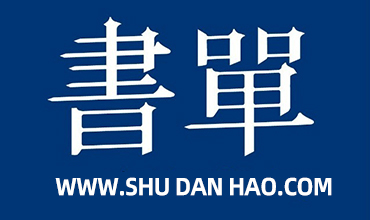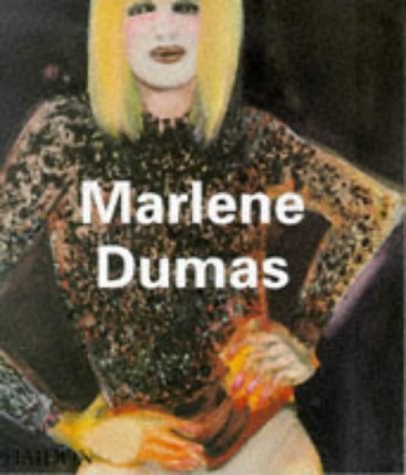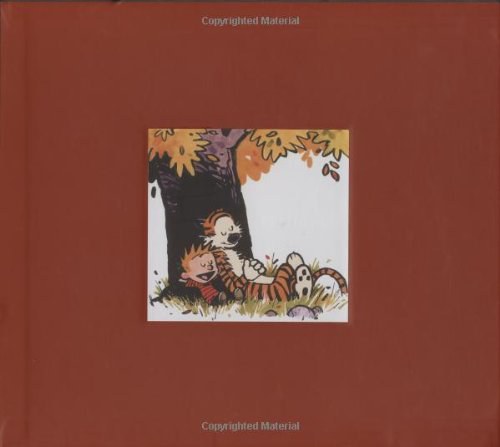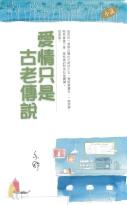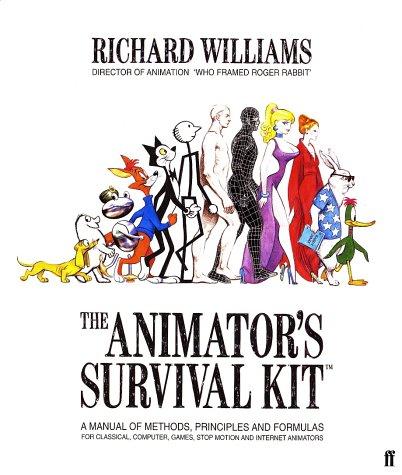
Andrea S·Goldman《Opera and the City》
书刊介绍
内容简介
In late imperial China, opera transmitted ideas across the social hierarchy about the self, family, society, and politics. Beijing attracted a diverse array of opera genres and audiences and, by extension, served as a hub for the diffusion of cultural values.
It is in this context that historian Andrea S. Goldman harnesses opera as a lens through which to examine urban cultural history. Her meticulous yet playful account takes up the multiplicity of opera types that proliferated at the time, exploring them as contested sites through which the Qing court and commercial playhouses negotiated influence and control over the social and moral order. Opera performance blurred lines between public and private life, and offered a stage on which to act out gender and class transgressions. This work illuminates how the state and various urban constituencies manipulated opera to their own ends, and sheds light on empire-wide transformations underway at the time.
作品目录
contents
list of illustrations
reign periods of the ming and qing dynasties
overture
part one audience and actors
1 opera aficionados and guides to boy actresses
the texts
the connoisseurs
the Lao Dou and other patrons
conclusion
part two venues and genres
2 metropolitan operas, border crossing and the state
the playhouse
the temple fair
the salon
conclusion
3 musical gentre, opera hierachy and court patronage
Yabu and Huabu
court patronage and regulation to circa 1860
genre delineation and the opera marketplace
court patronage and regulation after 1860
conclusion
part three social melodrama and the sexing of political complaint
the garden of Turquoise and Jade and its sources
garden and the ethics of early Qing
Suzhou playwright
garden on the commercial stage
conclusion
5 s*ex versus violence in "I, sister in law" operas
the stories
from page to stage
Kunju performances in context
eighteenth century court appropriation of "I, sister in law" operas
violence and the reinstantiation of moral order in the Pihuang tradition
conclusion
CODA
APPENDICES
LIST OF CHARACTERS
NOTES
BIBLIOGRAPHY
INDEX
相关推荐
-

江城《历史深处的民国 叁 重生》
这是一套关于1840~1945百年正史的彪悍史书。是中国历史上一套全面、真实、幽默解读晚清、共和、抗战的长篇历史力作。从来没有一
-

世界通史(全三册)
世界通史(全三册) 本书特色 ★ 2004年8月第1版,2006年12月第2次印刷,印数1001-2000册★ 本书分为古代史卷、近代史卷、现代史卷,每卷后均附...
-

中国文明的开始
中国文明的开始 本书特色 现代中国考古学家的工作,不能仅限于找寻证据以重现中国过去的光辉,其更重要的责任,毋宁说是回答那些以前历史学家所含混解释的,却在近代科学...
-

四万万顾客
《四万万顾客》内容简介:◎外国人看中国,负有盛名的“中国通”经典 《四万万顾客》是负有盛名的“外国人看中国”著述之一,作者卡
-

明史研究论稿
明史研究论稿 本书特色 本书是中国社会科学院老年学者文库中的其中一本,收录明史研究论文43篇,内容涉及:明代科举制度述论;明代诸王与明代社会政治;略论朱元璋与元...
-

寻找失落的西域文明
寻找失落的西域文明 本书特色 1. 西域探险史存有许多难解之谜据今100多年前,在19世纪与20世纪交接之际,西域突然成为举世瞩目的热点。而这持续百年的“丝绸之...
-

学术训练与学术规范-中国古代史研究入门
学术训练与学术规范-中国古代史研究入门 内容简介 对于渴望进入中国古代史研究领域的学子来说,《学术训练与学术规范中国古代史研究入门》几乎是手把手地指明了入门的途...
-

绿水青山
《绿水青山》内容简介:本书作为一部反映新时代生态文明建设的纪实作品,《绿水青山》以文字和图片相结合的形式,客观记录了我国生
-

风之岬
《风之岬》内容简介:《风之岬》可谓日本式的《鹿鼎记》,菜鸟医生敬介凭着自己的小聪明深得医局长喜爱,承蒙女性庇护在职场也一路
-

饮食的悖论
《饮食的悖论》内容简介:在这本书中告诉我们,很多食物中都含有一种叫作凝集素的不利于身体健康的蛋白,比如某些谷物、水果、蔬菜
-

罗马史(第二卷)
《罗马史(第二卷)》内容简介:本书主要讲述的是自罗马王政废除至意大利统一这段时期的历史,全书共分为九章,前三章的主要内容是
-

现代史事论述
现代史事论述 本书特色 《现代史事论述》是由中国大百科全书出版社出版的。现代史事论述 内容简介 《现代史事论述》为著名史学家吴相湘先生史论文集,1987年8月由...
-

去国的悲哀 西北的剖面
《去国的悲哀 西北的剖面》内容简介:《去国的悲哀》写于1923—1928年,讲述了他自己于1923年在北京大学地质系毕业之后,由家人出资
-

俍傜何在-明清时期广西浔州府的族群变迁
俍傜何在-明清时期广西浔州府的族群变迁 内容简介 《联海拾趣》是一本辑录对联趣闻的书,其宗旨是传承、弘扬中华民族的优秀文化。作者探幽发微、披沙拣金,搜集...
-

Python金融数据分析与挖掘实战
《Python金融数据分析与挖掘实战》内容简介:本书从Python基础入门讲起,到应用Python进行科学计算、数据处理、数据可视化、挖掘建
-

廖昌永演唱歌曲精选
《廖昌永演唱歌曲精选》内容简介:《廖昌永演唱歌曲精选》选取了其演唱中的代表作品,包含经典歌曲、影视歌曲、苏联歌曲、艺术歌曲
-

下学集
下学集 内容简介 明史和清史的研究是一个整体,把它们割裂开来就无法从整体了解这500多年的历史。本文集的主题是公元十六至十八世纪的中国明清社会研究,收编了作者在...
-
![[意] 毛里齐奥·维罗里《关于爱国》](http://oss.shudanhao.com/caiji/chazidian/2023/36557.jpg)
[意] 毛里齐奥·维罗里《关于爱国》
爱国主义与民族主义是人类历史上*为强大的群众动员力量,但对其历史发展、具体内涵的差异认知已经变得相当模糊,人们往往不加分别
-

红墙见证录2
红墙见证录2 本书特色 《红墙见证录2:共和国风云人物留给后世的真相》:这是一幅共和国历史长卷。打开长卷,共和国历史上每件大事的来龙去脉。每—组人物的对抗或合作...
-

史学理念与史家生存
史学理念与史家生存 本书特色 雷戈*的《史学理念与史家生存》较为深入地探讨了历史学的本质,历史知识的性质和特征,并对后现代史学的理论结构和思想局限进行了系统分析...

